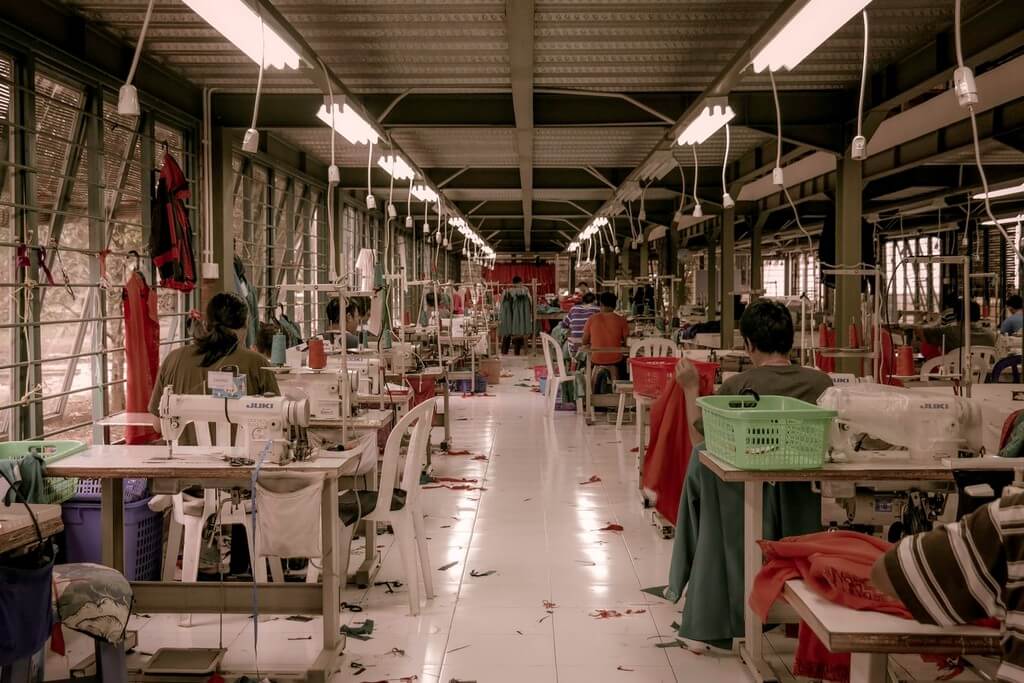Fast fashion: its environmental impact
06/06/2021 2021-06-06 13:01Fast fashion: its environmental impact
Fast fashion is a format of creating fashion that focuses on quick production speeds and lower production cost to deliver frequent collection releases that are inspired by trends, celebrity or catwalk styles. Through fast fashion, retailers are able to offer shoppers constant ‘newness’ in retail shopping, convincing them to buy fashion that is always in trend and that which is fashionable.

Fashion and textiles produce 1.2 billion of greenhouse gas every year, which is more than the combined emission of all international flights and shipping. Along with this, one garbage truck of clothing and textiles is sent to landfill or burned every second, while just 1% of clothing is recycled into new clothing.
As the fashion industry faces pressure to reduce cost and production time, the various unethical and unsustainable measures adopted affect the environment negatively. Water pollution, the use of toxic chemicals and increasing levels of textile waste are top concerns.

Time is long due for fashion to adopt a more circular mode of fashion and textile production, along with the reuse of materials that can be recycled, leading to better economic, societal, and environmental outcomes. Today, scientists believe that combining a super-enzyme that degrades plastic bottles with fibres such as cotton could allow mixed-fabric clothing to be recycled instead of it being dumped in landfill or incinerated.
Fast fashion thrives because of demand, and it is the consumer’s shopping pattern that affects its making and production. The solutions that retailers and fashion brands can take with regard to fast fashion management are effective in controlling its impact, however, the main effective solution is from the side of the consumers who have the power to drastically reduce its demand. This is a long-term solution that can bring about a change in the impact of fast fashion on the environment. As consumers, we can start by keeping our clothing in use for longer periods, shopping at thrift or consignment stores that support the circular economy, donating our unused clothing to those in need, or just buying less stuff. JD Institute’s fashion design course in Bangalore supports a teaching that focuses on making fashion and lifestyle products that consider the environmental and social impact of fashion design, enabling students to carry out a practice that is sustainable in its nature.














